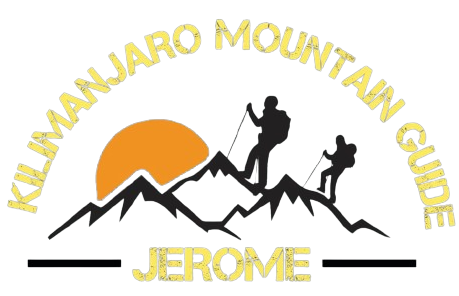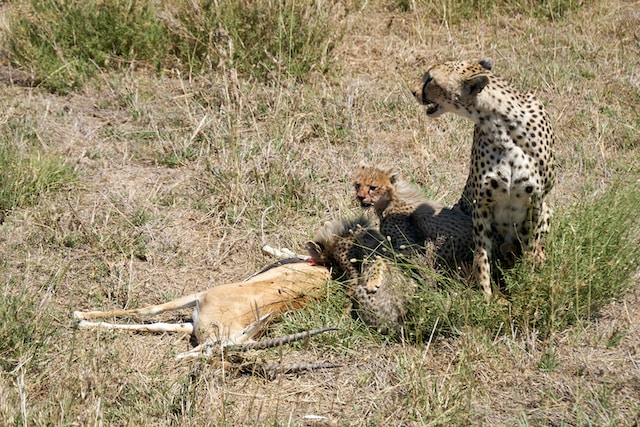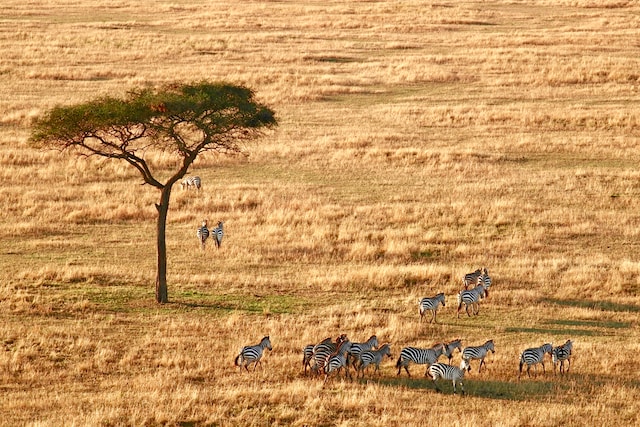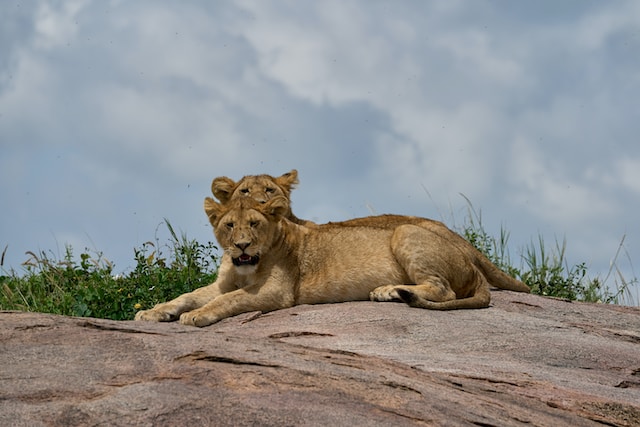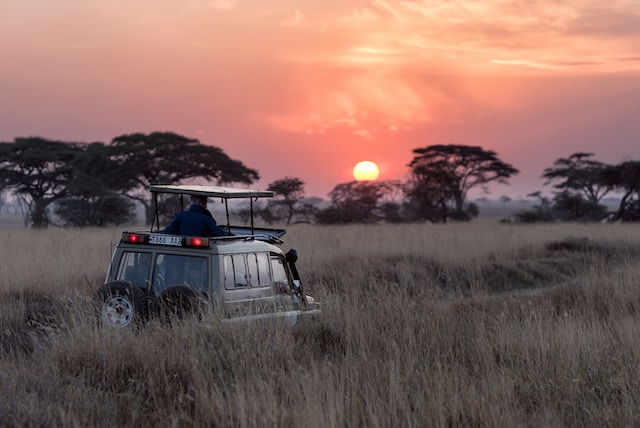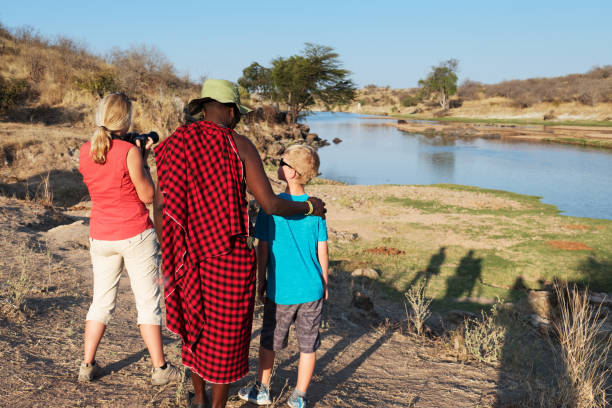- Home
- Safaris
- Tanzania Lodge Safari
- Tanzania Camping Safari
- Serengeti Migration Safari
- Tanzania Family Safari
- Tanzania Honeymoon Safari
- Tanzania Walking Safari
- Best Tanzania Day Trips
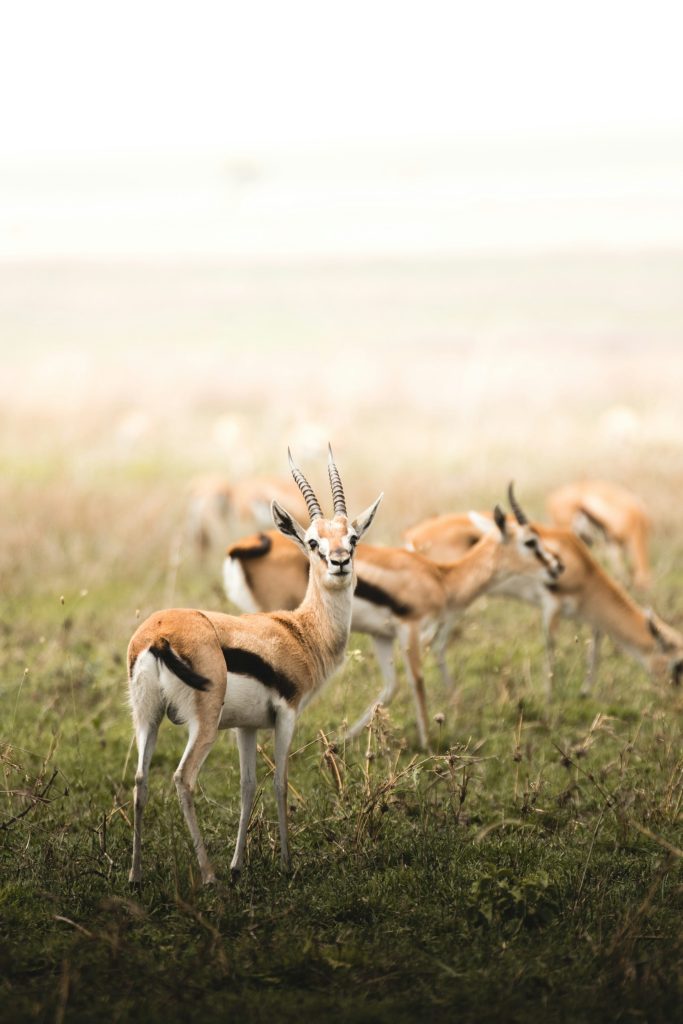
- Kilimanjaro
Kilimanjaro Packages
- Machame Route 6 Days
- Machame Route 7 Days
- Marangu Route 6 Days
- Lemosho Route 7 Days
- Lemosho Route 8 Days
- Rongai Route 7 Days
- Northern Route 9 Days
- Kilimanjaro Joining Group Dates
- Kilimanjaro Full Moon Climbs
Kilimanjaro Tips
- Zanzibar
- About us
2-Day Tanzania Safari
A 2-day Tanzania safari can be a thrilling adventure, allowing you to experience the incredible wildlife and natural beauty of this East African country.
Tour Overview
A 2-day safari in Tanzania can be an exciting adventure, allowing you to experience the country’s stunning wildlife and landscapes. Tanzania is known for its diverse wildlife, including the Big Five (lion, elephant, buffalo, leopard, and rhinoceros), as well as its beautiful national parks and reserves. While two days is relatively short for a safari, you can still have a memorable experience.
Here’s a sample itinerary for a 2-day Tanzania safari:
Day by day
2-Day Tanzania safari Inclusions and Exclusions
The inclusions and exclusions of a 2-Day Tanzania safari can vary depending on the specific tour operator, type of safari, and the package you choose. However, here are some common elements typically included and excluded in a 2-Day Tanzania safari:
- Inclusions:
- Accommodation: Most safari packages include lodging in various forms, such as lodges, tented camps, or even luxury accommodations, depending on your chosen package.
- Transportation: Transportation to and from the national parks and game reserves is often included. This typically involves 4×4 safari vehicles with experienced guides and drivers.
- Game Drives: Safaris usually include multiple game drives within the national parks or reserves. These can be morning, afternoon, or full-day drives.
- Park Fees: Entry fees to the national parks and conservation areas are typically included in the package.
- Meals: Full-board packages often include all meals and snacks. Some packages may include only certain meals.
- Bottled Water: Many safari packages include bottled water to keep you hydrated during game drives.
- Guides: Knowledgeable guides who are familiar with the wildlife and terrain are usually included.
- Activities: Some safaris include specific activities, such as guided nature walks, cultural visits to local communities, or boat safaris.
- Airport Transfers: Transfers to and from the airport at the beginning and end of the safari are often included.
- Exclusions:
- International Flights: Your international flights to and from Tanzania are typically not included in the safari package.
- Visa Fees: The cost of obtaining a tourist visa to enter Tanzania is usually not included.
- Travel Insurance: It’s recommended to have travel insurance, including medical and trip cancellation coverage, but it’s usually not included.
- Personal Expenses: Expenses for personal items, souvenirs, and additional activities not included in the package are not covered.
- Gratuities: Tips for guides, drivers, and lodge staff are generally not included. It’s customary to tip these individuals for their services.
- Alcoholic Drinks: Alcoholic beverages are often not included in the package and will be an additional expense.
- Optional Activities: Some activities, such as hot air balloon rides, walking safaris, and cultural visits, may not be included and will incur an additional cost.
Best Time for Tanzania Safari 2-Day
The best time for a 2-Day Tanzania safari depends on what you want to see and experience during your trip. Tanzania offers great wildlife viewing throughout the year, but there are specific seasons that might suit your preferences better:
- Dry Season (June to October): This is the best time for wildlife viewing in Tanzania. The weather is dry, and animals congregate around water sources, making them easier to spot. The grass is also shorter, which further improves visibility. July to September is particularly popular as it’s the migration season in the Serengeti and the animals are on the move, providing excellent game viewing opportunities.
- Wet Season (November to May): This period is divided into the ‘short rains’ (November to December) and the ‘long rains’ (March to May). While the wet season offers fewer crowds and lower prices, it also means that some roads might be impassable due to mud, and wildlife is more dispersed as there is water available in many areas. However, this is a great time for birdwatching as migratory birds are present, and many animals give birth during this period.
Specific Recommendations:
- June to October: These months are ideal for safaris in the Serengeti, Ngorongoro Crater, and other northern parks. Tarangire National Park is also excellent during this time.
- November to February: This period is good for birdwatching, and you can still enjoy safaris in the Serengeti and the Ngorongoro Crater. The southern circuit parks like Selous and Ruaha are also great during these months.
- March to May: This is the low season due to heavy rains. Many lodges and camps might be closed, and some roads might be inaccessible. However, if you don’t mind occasional showers and want to avoid crowds, you can still visit during this time. The northern circuit parks might be wet, but the southern parks like Selous and Ruaha are still accessible and offer good wildlife viewing opportunities.
Book 2-day Tanzania safari
We would like to work with you
